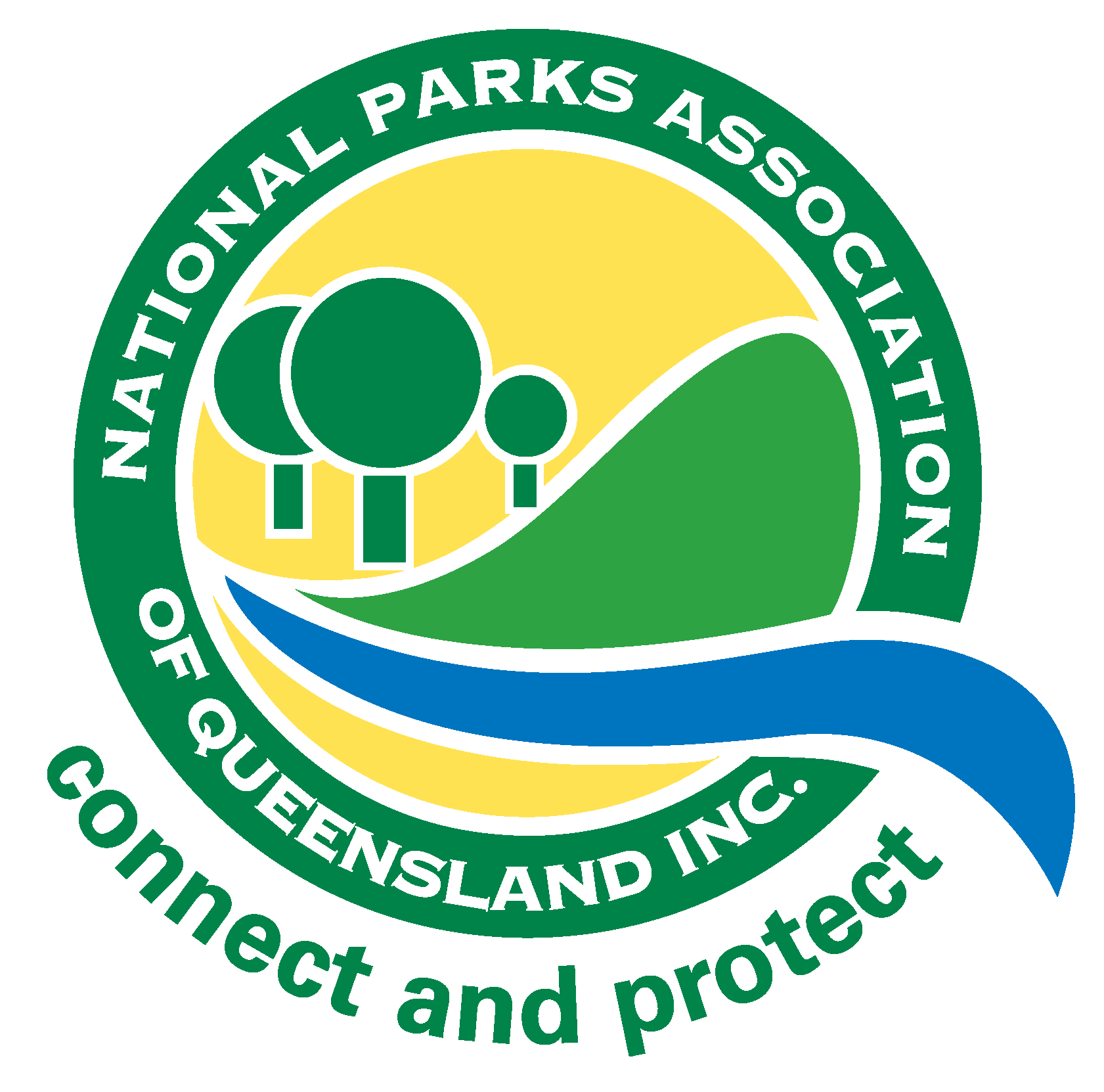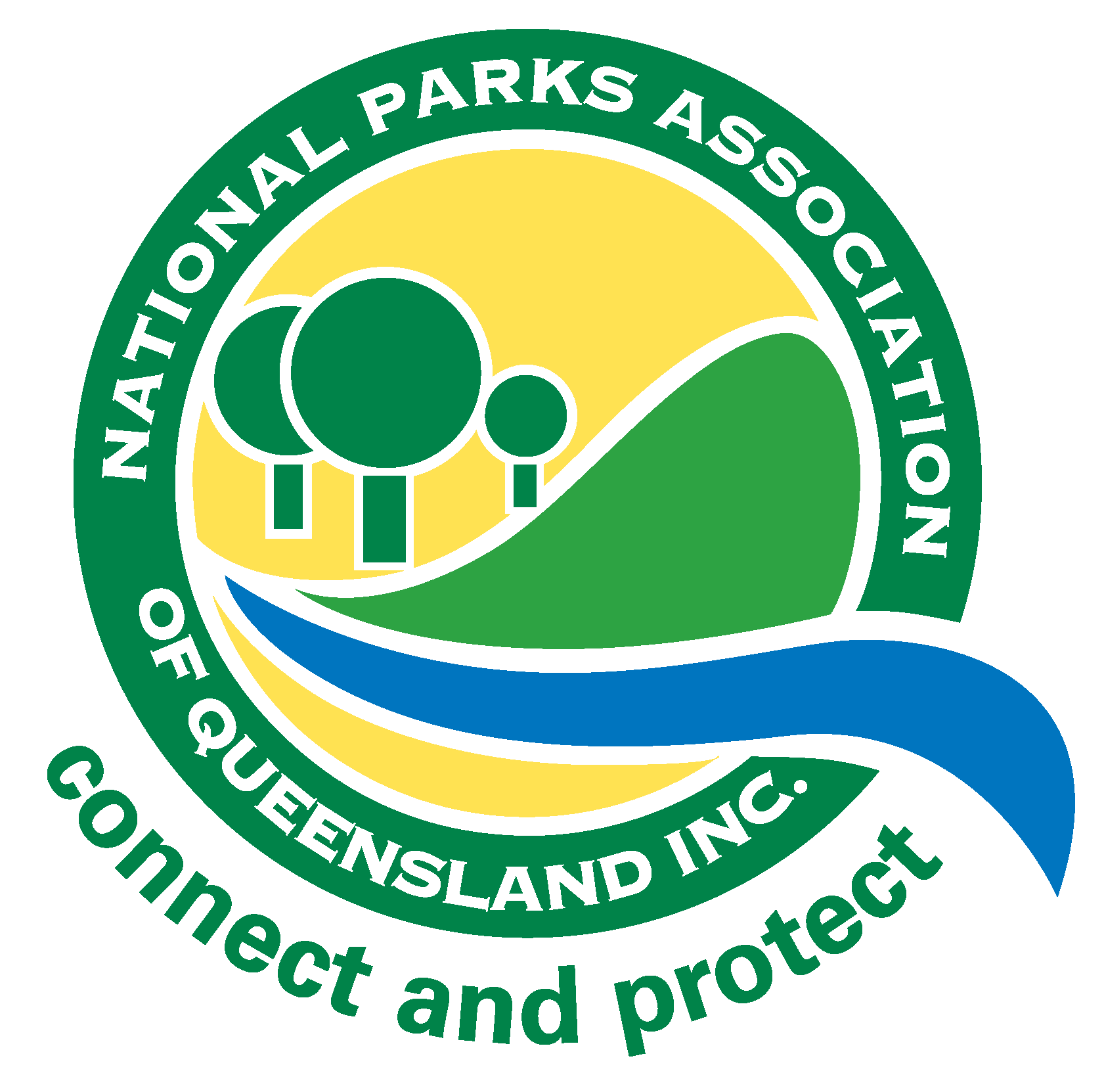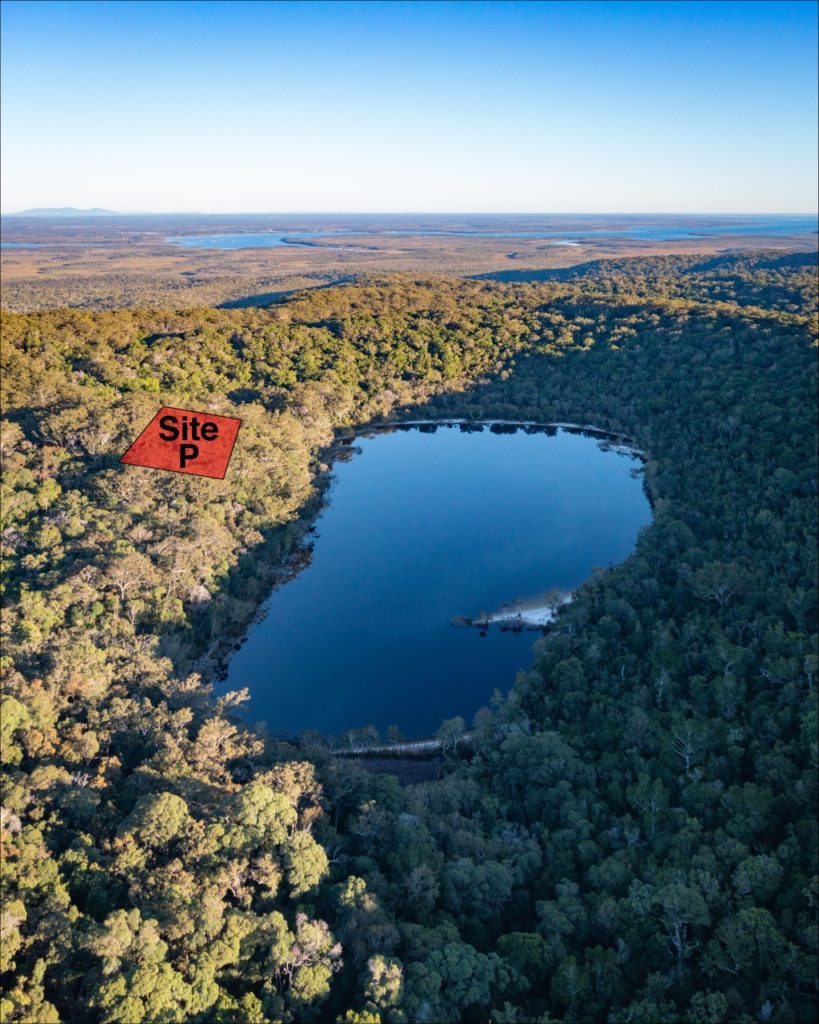Protected Magazine
Cooloola National Park Great Walk Development Proposal
*The thoughts reflected in this article are those of the author and do not necessarily reflect the thoughts of NPAQ
Greg Wood has lived in Rainbow Beach for most of the past 40 years. He is in regular contact with residents of Boreen Point and the Northern Sunshine Coast with respect to the current proposal for private development along the Cooloola National Park Great Walk.
The proposal for private development concessions along the Cooloola National Park Great Walk is generating considerable agitation within the adjacent local communities. Negative attitudes toward it are being widely and openly expressed. Such antagonism extends into a good proportion of the business sector.
Whilst local complaint most often doesn’t explicitly note biodiversity and the Cardinal Principle as points of objection, its essence certainly does connect to those core matters.
Three distinct matters drive the majority of local discontent toward the development proposition.
Destruction of site values and amenity
Two of the proposed sites, Lake Poona (Site P) and the Noosa River (Site N), are subject to development that is inappropriate to the values on and surrounding those sites.
Rainbow Beach locals like myself, amongst many others, are simply horrified at the prospect of cabin development at Lake Poona. Without any formal ecological training their direct experience reliably informs them that the place is very special and that 38 sq. metre cabins with en-suites, indeed ten of them, are neither a genuine part of that special experience, nor a vehicle for its preservation.
Very significantly D.E.S. know this too. The Site Selection History report submitted with their E.P.B.C. referral identifies Lake Poona as the only perched lake on the mainland. A separate D.E.S. report on Coastal Non-floodplain Sand Lakes lists ‘Tourism and Recreation’ as a major threat to their integrity.
Even so D.E.S. is now advocating what amounts to a private hotel development on the verge of this nationally, if not internationally unique sand lake. Figure that one out.
Within this perverse totality emerge a myriad of confronting elements. The following few examples are drawn from a very long list.
The site is under heavy canopy so the proposed solar power supply cannot function. The ‘back-up’ generators will, by default, be routinely required. The network of large blackbutt limbs looming over the cabin sites poses massive liability risk. Minimal clearing is asserted. Yeah, ok.
The project managers allege the site cannot be seen from the lake. Curiously though the lake can be clearly from the cabin sites. Putting aside the issue of cabin visibility, what prevents cabin users from seeking direct access to the water stimulated by their view of its close proximity? How then will emerging trail paths not amplify that draw factor? Site ‘N’ on the Noosa River presents an equivalently disturbing scenario. The selected development site is the one that the D.E.S. contracted ecological and wetland experts deemed to be of most concern regarding impact to significant values. Seemingly oblivious to this advice, the D.E.S. Site Selection History report declares this site choice to be made on ‘scenic value’. This very distinctly illustrates the framework of priorities active within this project.
This horror selection is wedged upon a low, narrow sand ridge that divides the Noosa River from internationally significant patterned fens. The Noosa River Trail, a gorgeously intimate bush-walking track, runs along this ridge from Campsite 3 back toward the vicinity of Harry’s Hut. About 4-500 metres of this walking track would be widened for truck access to routinely service the glamorous needs of the new clients. Also apparent is that the permanent camp would be clearly visible to traditional walkers traversing this tragically widened thoroughfare.
But why should we care about their traditional and preferred experience? Neither is it possible to be comfortable about the habitat clearing that would quite evidently be required to install the site infrastructure. Relatively less sensitive alternative sites are close by but, as confessed by the Site Selection History report, these are just not pretty enough.
This is a bare glimpse of the prickle-bed of issues pending germination upon these two sites.
Inequity
Locals identify a disturbing degree of inequity in the project’s delivery of needlessly indulgent luxury at a prohibitive ticket price, whilst appropriating important public values to the service of those excesses.
Concern toward public equity is possibly the main factor driving local discontent with the project’s tenure of the Double Island Point site, more so than any particular impact upon natural or character values. How might successful projection of the product to a global market leverage further expansion of privatised exclusive use upon this prominent public asset? This question applies across the entire Park estate.
A Lack of consultation
Those who’ve engaged with the consultation process generally deem it to be insincere, dismissive and quite apparently disingenuous. In dismal synergy with their equity concerns, many local people feel that the formal interaction has displayed no real regard for their interests and concerns. In context to the many site issues raised, peoples’ confoundment that such a degree of apparent inadequacy and oversight can even exist at this stage of planning, is stirred to anger by the consultants’ responses of bland denial, dismissal or blithe referral to a future resolution of the necessary detail.
At the Rainbow Beach public event, consultants flatly refused to engage in any discussion of participant’s concerns. Instead they mandated that participants write their issues on post-it notes and pin them on a board for a controlled response to the meeting and ensuing collation (in the shredder?).
There is a common disgruntlement with this quite evidently defective commercial program and the dubious character of its roll-out. Central to this unease is the apparent fact that its driving force has scant regard for either science or democracy. Local people know they will need more than just their own assembled objection to cause any meaningful change to the current course of things.
This situation presents pressing need, but also opportunity. The examples of damage and risk presented so distinctly within the Cooloola proposal provide a broadly accessible lens for focussing public attention, and thereby better common understanding, toward the crucial importance, and the structural needs, of our biological infrastructure.
An adequately informed and motivated public sentiment stimulated by this particular threat could demand not just a rethink of the Cooloola proposal. It could drive a much needed reformation of Parks strategy and management overall. Currently catastrophic outlooks upon both biodiversity and climate change invoke a desperate need for that degree of change.



We simply cannot afford to lose/ destroy/ rezone or whatever terminolgy is used that will permanently impact very significant environments. There are too few still remaining. This type of proposal benefits a few and makes money for even fewer, who may be Australian or may be foreign investors.
As an older Australian who can no longer be engaged in long walks, my wish is to these incredibly valuable places looked after to be enjoyed by generations to come. There is no place for private development along the Cooloola National Park Great Walk. Keep it outside the park where it belongs.
For more information on the Cooloola Great Walk Ecotourism Project, and for a way to sign a petition against this damaging proposal, see https://keep-cooloola-cool.org/
The Cooloola Recreation Area is the largest undeveloped area left in coastal south-east Qld. It is a remarkable area with a wide range of landforms from flowering wallum heath to tall rainforest on ancient sand dunes. It is a haven for the endangered eastern ground parrot. Please sign the petition!!
I am very concerned about the private development proposal at Lake Poona. How can this be brought to the attention of the general QLD public & are there any specific politicians that can be contacted in regard to this?
Kerrie